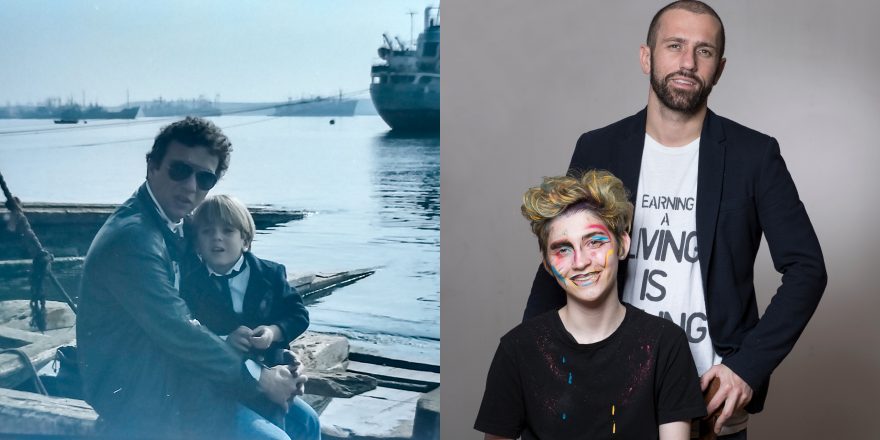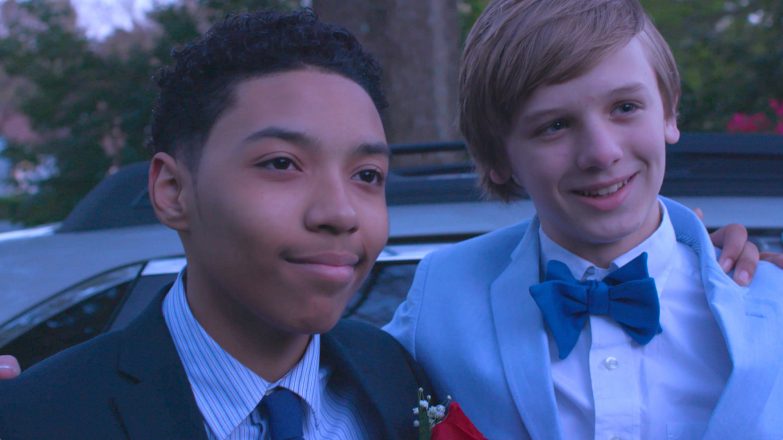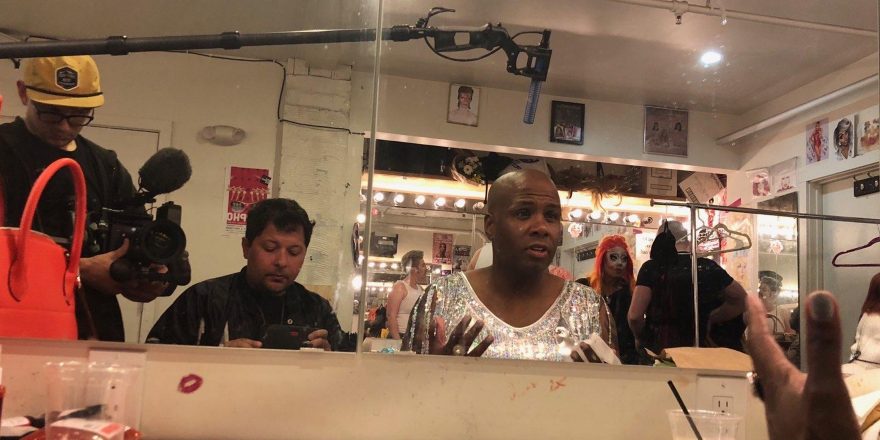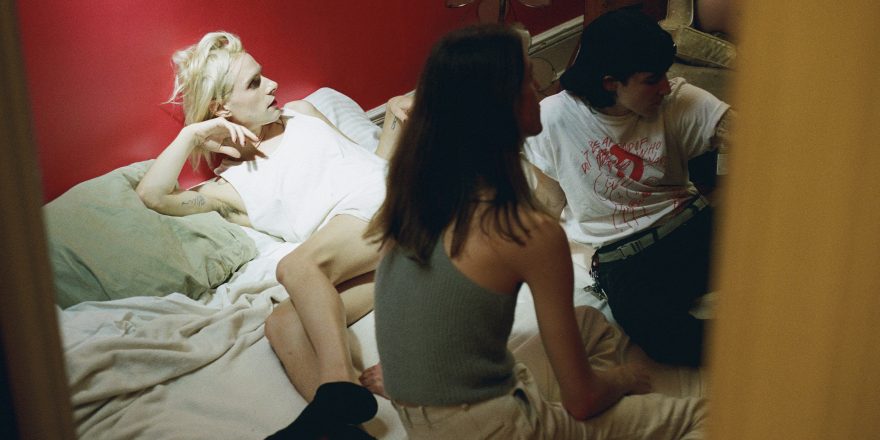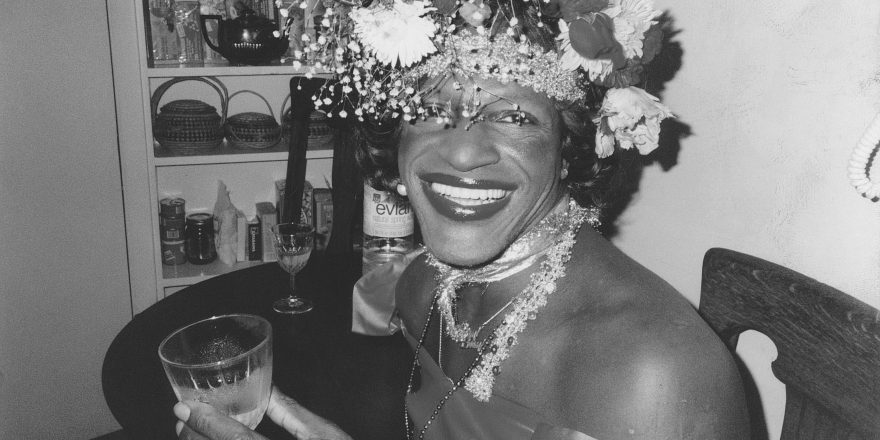You often hear people talking about coming out of the closet. Coming out has become synonymous with coming to terms with one’s sexual orientation. Synonymous with the struggle and hardships of opening up and the journey of accepting your true self … of which the final destination is you. I think as people we are conditioned to play it safe, while constantly being faced with our inner closets. Closets can come in many different shapes and forms – a career closet, a sexual closet, an identity closet, and so forth – but what they all have in common is that we have to come out of them to face our demons, and our realities.
Just over a decade ago, I remember telling myself, “This is who you are going to be.” I had consciously made the decision to follow the most “normal” path and take advantage of the benefits of a sheltered (white) cisgender heterosexual life, earning the respect of my loved ones and my wider circle the easy way. Was society or my own fears to blame? When I first saw the film Panic Room, I remember thinking I would one day get one of those rooms, where I would hide and be myself, surrounded by impenetrable thick steel walls. And I did: within me. I married a woman I cared for, yet I was not being completely honest. Not with her and not with myself. It was not easy coming out to her and my family, but when I did I had reached a point of suffocation, and I had to finally get some oxygen. Since then, I’ve never stopped breathing.
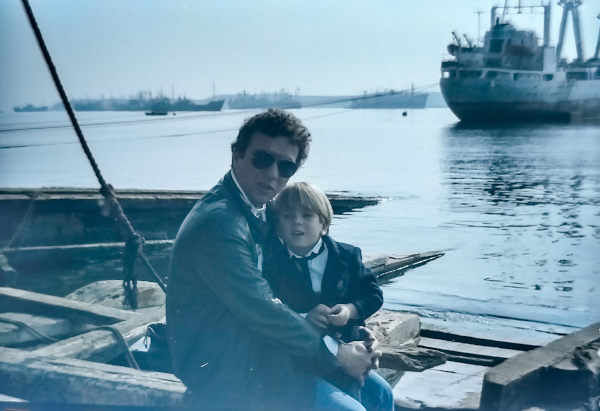
Thankfully, my ex-wife is now my best friend, and my family is accepting of who I am, after a long period of talking, debating, and explaining, which finally led to acceptance. It was almost as if I had to train my family to understand what it meant to be me.
As an artist, the secrets you carry within you find their way into your art. They become an undercurrent that affects everything you create. What I was hiding initially found its way out through my poetry, which eventually led to me writing my first novel. Still, my imagination felt confined by words, so I decided to come out of one more closet and dive into filmmaking. I was now two steps closer to who I really was.
While learning more about myself, by a stroke of luck I discovered The Trevor Project, the leading suicide prevention line for LGBTQIA+ youth. I have now been a volunteer for the organization for more than a decade, counseling youth through their struggles of self-discovery. Some of the conversations are challenging, but all of them are profoundly fulfilling. I often say I wish there had been something like the Trevor Project for me when I was a struggling youth. By being part of the solution, though, I feel like I am doing what I can, not only for the young people the Trevor Project serves, but for the younger me who needed that helping hand back in the day.
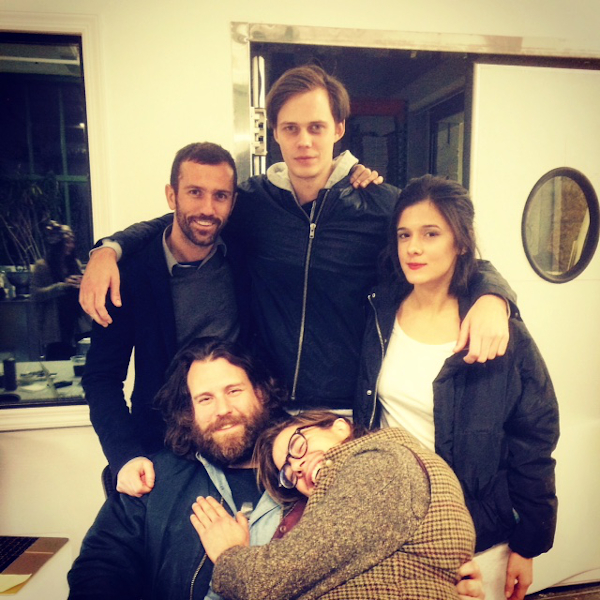
Throughout my writing and in my films, I have dealt with themes of love, loss, and identity. My exploration of gender and identity began with my film A Stone Appears, featuring Bill Skarsgård and Emma Doxiadi portraying two very binary-defined “Adam and Eve” type characters. The film explores how a stone that appears out of nowhere begins to affect these binary identities, augmenting their “assigned” roles even further, experimenting with the theme of societal gender expectations.
Next, I made my first feature film, Man in the Attic, in which I explored psychoanalysis and repressed memories. I believe what I was trying to do with this film is to “draw” my childhood through fiction, but in essence I explored a series of dark memories and through the film let myself heal. Directing talented artists such as Luciana Paris (the principal ballerina of the American Ballet Theatre) and Emma Hepburn Ferrer (the granddaughter of Audrey Hepburn) was a true blessing, and being able to mold them into my imaginary world remains something I treasure to this day. One of the actors in Man in the Attic was Leslie Ann Lopez, a talented opera singer who performs in the film during a hypnotic sequence that takes us deep into our main character’s subconscious.
One day, while visiting Leslie Ann at her home with my producing partner Marco Maranghello, as we were discussing Man in the Attic, something else caught my attention. (This is one of the times my attention deficit disorder came in handy, I suppose!) Out of the corner of my eye, I noticed a kid walking into a room that appeared to be covered from floor to ceiling in a spider’s web of drawings. I approached and introduced myself to the kid, Brendon, who was both welcoming and curious about me. I soon thereafter found myself sitting with them in the center of their room, in awe of my surroundings. We started to talk and had a profound conversation during which I began to learn all about Brendon. They were an artist with a unique talent of sharing their inner self and feelings through their art. They also were a non-binary trans youth, and having supported so many non-binary youth through my volunteer work with The Trevor Project, I felt at home. Brendon shared their art with me, along with their coming out story and their experience of reaching out to The Trevor Project, when things had been especially hard. We connected and became friends immediately.
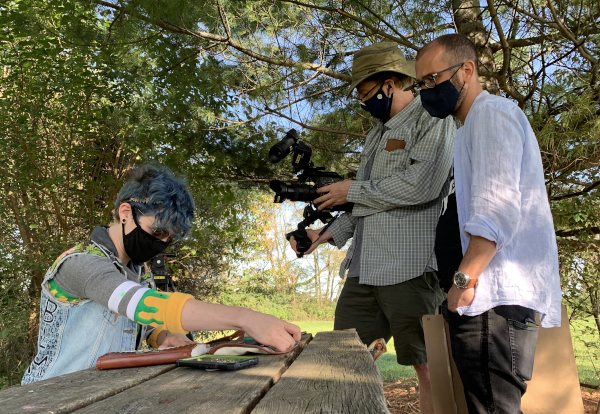
One thing led to another and Brendon’s family and I embarked on a life journey that continues to this day. It all started with bringing Brendon to one of the Trevor Project events to share their coming out story as a youth in transition and to inspire the many youth that could benefit from their bravery. A film idea began to unfold, which evolved into Draw With Me, a documentary exploring the challenges Brendon faced as a trans youth coming out, and how their art saved them. Brendon’s family opened their home and hearts to me and my camera, and I drew upon all my own life experiences to tell this family’s story with curiosity and compassion. Brendon’s brilliant aunts, Jennifer Lopez and Emmy-winning journalist Lynda Lopez, were incredible in helping to spread the message of the film far and wide. Nonetheless, this is the story of Brendon, and together we have shared many proud moments creating positive social impact with the film.
The greatest milestone in our journey was when the film was presented at the United Nations as part an historic, first-ever panel on transgender health, organized as part of the 50th year anniversary celebration of the Stonewall riots. We felt like we were playing a part in the evolution of society.
I have since found myself a home creating social-impact films which use art as a pillar. More recently, right before COVID-19 brought all travel to a standstill, I went to the Gambia, where we participated in the Inside Out Project, an initiative started by the French artist JR, pasting huge photos of young people on boats and houses. As well as pictures of Gambian children, we also pasted images of Emma Hepburn Ferrer and Kweku Mandela, and it was a proud moment bringing together the work of these passionate activists (and friends of mine from New York), carrying their heritage with pride. As part of my work in the Gambia, I also helped bring fresh water supply to a school in the city of Lamin Koto, with the support of my father’s cruise line, and founded the Kuntaur Film Festival, organizing outdoor screenings of children’s films in a remote area which has no electricity.
My journey has not been linear in any way, but it continues onward. My fears were my first teachers that taught me to be patient with myself. One by one, I overcame those fears and discovered parts of myself I did not even know existed. What I did not expect by “finding” myself, was that at the end of the journey it was not just me that I would find, it was us – an entire community.
My next challenge? Telling the story of the first disabled human being to travel into outer space. An advocate of human rights who happens to also be Black and queer, embracing these minorities with courage and using them as tools to rise from disability into the limitlessness that comes with defying gravity. Stay tuned @ithakafilms as we reveal the details of this next endeavor, announce the name of this remarkable person and document their historic accomplishments.


